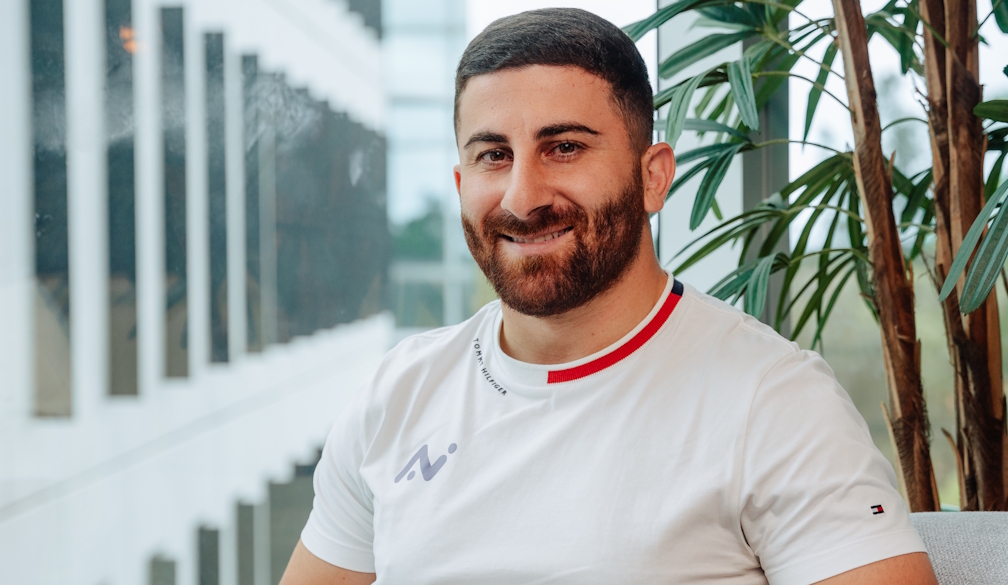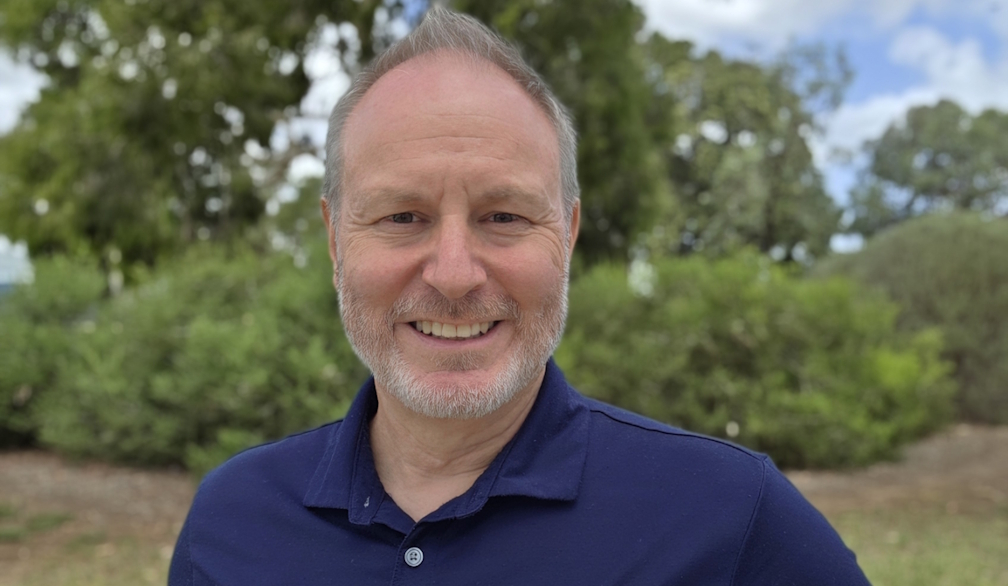Mitochondrial-Targeted Antioxidant Protects Genomes Against DNA Damage in Exercising Humans-PR Newswire APAC
- Written by PR Newswire
AUCKLAND, New Zealand, Nov. 19, 2020 /PRNewswire/ -- Healthy male participants who take a novel antioxidant that specifically targets the powerhouse of the cells, mitochondria, sees attenuation in exercise induced mitochondria DNA (mtDNA) damage in lymphocytes and muscle.
Mitochondria has been shown to have numerous roles in a cell from contributing cellular networks for biosynthetic pathways, to stem cell function, mitophagy, proteolysis and apoptotic cell death. Mitochondrial dysfunction and disease, while complex is linked to each other. While underlying mechanisms are still being studied, a common factor between all of this is an increase generation of reactive species, which leads to mtDNA damage. This process is also seen while exercising as well. Production of mitochondrial reactive species occurs during and after exercise. Studies have shown that this can increase mtDNA damage. Understanding this form of mtDNA damage can be important in preserving the integrity of the mitochondrial genome.
The study published on August 6th, 2020 in Redox Biology investigated whether a bout of high-intensity intermittent exercise (HIIE) damaged mtDNA and whether MitoQ, a commercially available supplement could prevent this damage.
"The majority (if not all) of exercise studies have used pleiotropic, non-selective antioxidants with unknown tissue distribution in an attempt to infer mechanistic conclusions relating to redox signalling from oxidative stress biomarkers.", said lead author Dr Josh Williamson from Sport and Exercise Research Institute at Ulster University. "Mitochondrial targeted antioxidants (in this instance MitoQ) offer exciting new opportunities for research which may have important implications for physiological and pathological outcomes. As a result, the aim of this study was to determine whether high intensity intermittent exercises damage mitochondrial DNA, and more importantly, can MitoQ supplementation offer a prophylactic effect to the mitochondrial genome".
For this study, Williamson et al. recruited twenty-four apparently healthy, recreationally active males. These participants took part in a two-phased supplementation trial. For the acute phase, twelve of the recruited received 20 milligrams of MitoQ, a mitochondria targeted antioxidant which contains the naturally occurring ubiquinol attached to triphenylphosphonium giving it the ability to cross the cell membrane and accumulate within the mitochondria. The other twelve participants received a placebo treatment. This was consumed one-hour pre-exercise. Following HIIE, participants continued to supplement in their respective groups for 21-days for the chronic supplementation phase.
Blood was taken pre-supplementation, post-acute supplementation (before HIIE) and immediately after post-exercise for both acute and chronic supplementation. A subsample of skeletal muscle tissue was also provided at baseline, and pre- and post-exercise time points during the chronic supplement period. This was used to analyse nuclear and mtDNA damage, lipid hydroperoxides, lipid soluble antioxidants and ascorbyl free radical.
The researchers found that acute MitoQ treatment did not impact on any biomarkers. However, chronic MitoQ treatment attenuated lymphocyte mtDNA damage, human muscle mtDNA damage caused by HIIE.
"We believe the findings of this study are of great importance as it disclose valuable bioavailability features of MitoQ that will aid the optimization of the design of future studies. Further, the study adds to our understanding of molecular adaptations of exercise. As a final noteworthy point, the notion that a protective effect of MitoQ was only unmasked by exercise, reinforces the value of interrogating multiple physiological states when appraising the efficacy of an antioxidant."
View original content:http://www.prnewswire.com/news-releases/mitochondrial-targeted-antioxidant-protects-genomes-against-dna-damage-in-exercising-humans-301176561.html[1]
References
Read more https://www.prnasia.com/story/archive/3197168_CN97168_0







